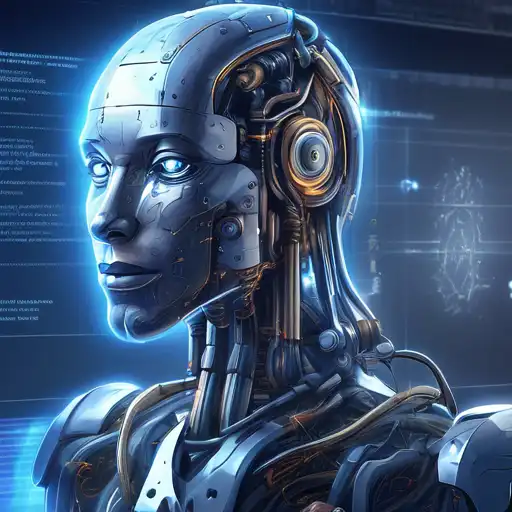Introduction to AI Myths
Artificial Intelligence (AI) is a rapidly evolving field that has captured the imagination of many. However, with its growth, numerous myths and misconceptions have surfaced, especially among beginners. This article aims to debunk some of the most common AI myths, providing a clearer understanding of what AI truly is and what it can do.
Myth 1: AI Can Think and Feel Like Humans
One of the most prevalent myths is that AI possesses consciousness or emotions similar to humans. In reality, AI operates based on algorithms and data. It can simulate certain aspects of human thought processes but does not experience feelings or self-awareness. For more insights into how AI works, check out our guide on AI mechanisms.
Myth 2: AI Will Replace All Human Jobs
While AI is transforming the job market, the idea that it will replace all human jobs is an exaggeration. AI is more likely to automate repetitive tasks, allowing humans to focus on creative and strategic roles. The future of work with AI is about collaboration, not replacement.
Myth 3: AI Is Infallible
AI systems are only as good as the data they're trained on. They can make mistakes, especially if the input data is biased or incomplete. Understanding the limitations of AI is crucial for its effective application.
Myth 4: AI Development Is Only for Tech Giants
Another common misconception is that AI development is exclusive to large tech companies. Thanks to open-source tools and platforms, individuals and small teams can also contribute to AI innovation. Explore our list of beginner-friendly AI tools to start your journey.
Conclusion
Debunking these myths is essential for fostering a realistic understanding of AI's capabilities and limitations. By approaching AI with a balanced perspective, beginners can better appreciate its potential and contribute to its responsible development. For further reading, visit our AI education resources.
